How the Pope’s death will affect your trip to Rome
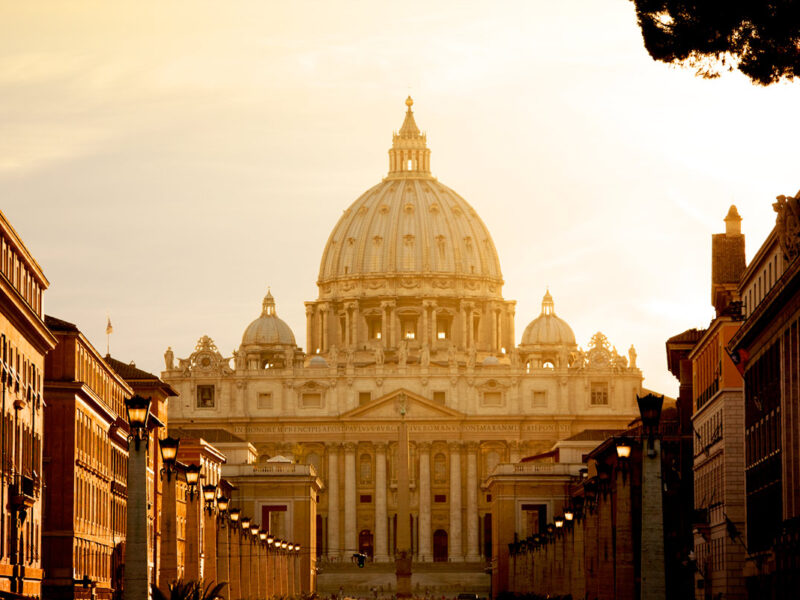
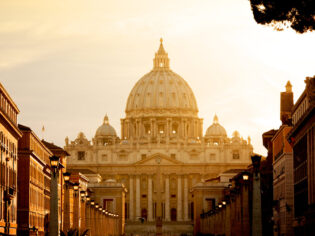
With the world’s eyes on Rome, here’s what visitors can expect during the papal funeral, the conclave, and a once-in-a-generation Holy Year.
Rome has always been a place of pilgrimage, and now it’s also a place of history in the making. Following the death of Pope Francis on Easter Monday (21 April), the Eternal City has entered an extraordinary period marked by mourning, ceremony and change. For travellers, it’s a time of both reverence and rare access, with unprecedented events unfolding and sacred spaces opening up in unexpected ways.
Here’s what you need to know if you’re visiting Rome in the coming days, weeks or months – and why 2025 is set to be one of the biggest years in Vatican history.
What happens to Rome after a pope dies?
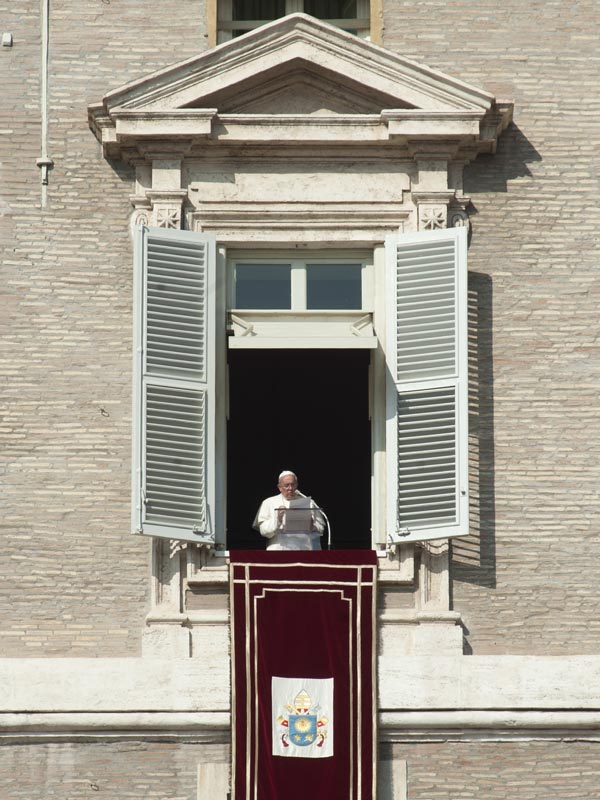
Pope Francis has died aged 88. (Image: Getty Images/neneos)
The death of a pope is a moment of global significance, and the Vatican springs into ceremonial motion. An official nine days of mourning, known as the novemdiales occurred, where the city prepared for an elaborate farewell through a series of mourning rites, public masses and processions. While this period is solemn, it’s also intensely atmospheric for travellers.
Will Rome get more crowded?
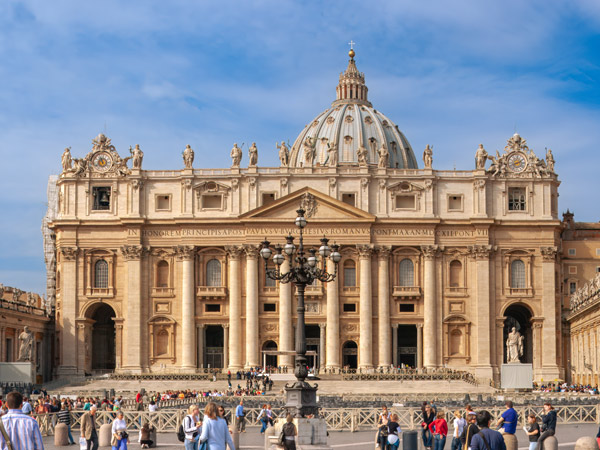
There will be big crowds arriving in Rome. (Image: Getty Images/ Devasahayam Chandra Dhas)
Expect a swelling of pilgrims, world leaders and international media. With millions set to pay their respects, visitor numbers will soar around the Vatican and the four major basilicas. If you’re in the city, book entry tickets, accommodation and restaurant reservations as early as you can.
What is the conclave, and can you see anything?

The College of Cardinals gathers in the Sistine Chapel for the conclave. (Image: Calvin Craig)
Once the mourning period ended, the College of Cardinals has begun to gather in the Sistine Chapel for the conclave – the secretive vote to elect a new pope. While the process itself is closed to the public, Rome buzzes with speculation.
A two-thirds majority is needed for a new pope to be elected, and only cardinals under the age of 80 are allowed to vote. Plumes of black smoke (no decision) or white smoke (new pope) rising from the chapel’s chimney draw huge crowds to St Peter’s Square, often in silent vigil.
Even without access, there’s an undeniable sense of theatre. In 2013, it took two days to elect Pope Francis. Need a warm-up? Now might be the time to watch Conclave (2024) starring Ralph Fiennes, Stanley Tucci and John Lithgow. You’ll never look at papal politics the same way again.
Why is Santa Maria Maggiore significant?
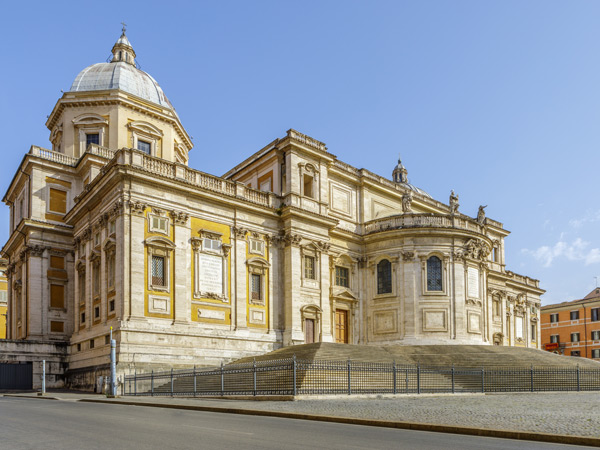
The Basilica of Santa Maria Maggiore is less well-known than St. Peter’s Basilica. (Image: Getty Images/tunart)
Often overlooked by tourists, Santa Maria Maggiore is one of Rome’s four major papal basilicas – and it’s now the centre of attention. Pope Francis’s decision to be buried here reflects his deep devotion to the Virgin Mary and signals a major moment in the basilica’s already rich history.
And then comes Jubilee 2025…
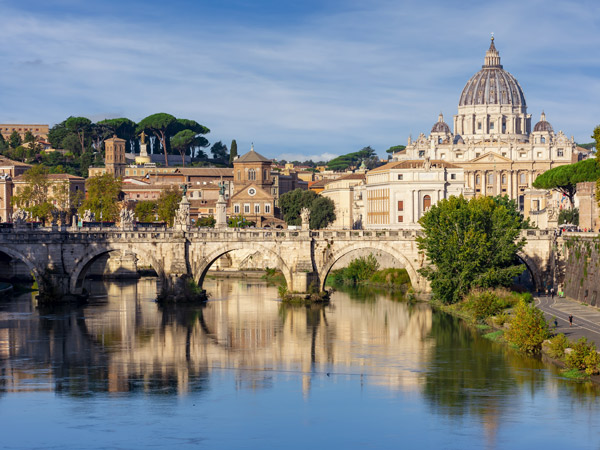
35 million pilgrims are expected to come to Rome for the Jubilee. (Image: Getty Images/Vladislav Zolotov)
As if Rome wasn’t already under the spotlight enough, 2025 marks a Jubilee Holy Year – an event held once every 25 years. 35 million pilgrims are expected to descend on Rome for a year of indulgences, special church openings and religious celebrations. The city is currently undergoing a huge infrastructure push, including a new underpass for pilgrims and the return of the Holy Doors.
Travellers should prepare for massive crowds and accommodation shortages – book early, a new “digital pilgrim card” recommended by the Vatican for navigating events and special exhibits and liturgies across the city’s major churches.
Should you still go to Rome now, or wait?

There’s no better time to visit Rome. (Image: Getty Images/Vladislav Zolotov)
That depends. If you want to witness history, there’s no better time. From the theatre of the conclave to the lead-up to Jubilee 2025, this is Rome in full swing – layered, spiritual and alive with global attention.
Just don’t expect business as usual, but maybe that’s exactly the point.

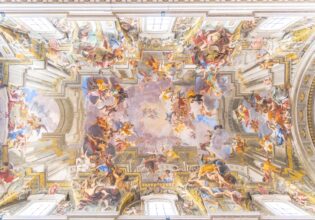
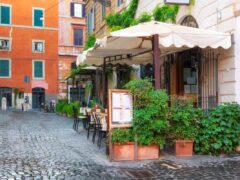
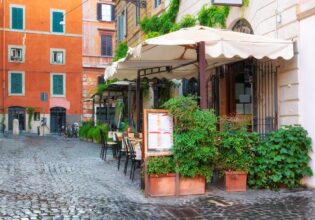
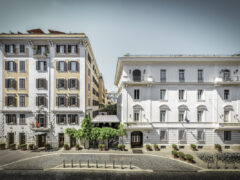



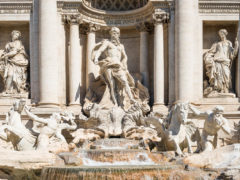
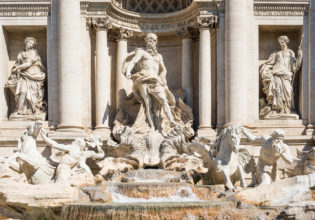

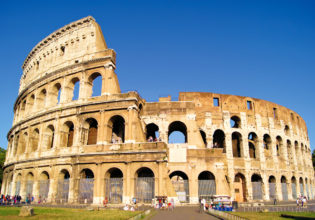


LEAVE YOUR COMMENT